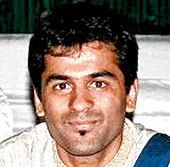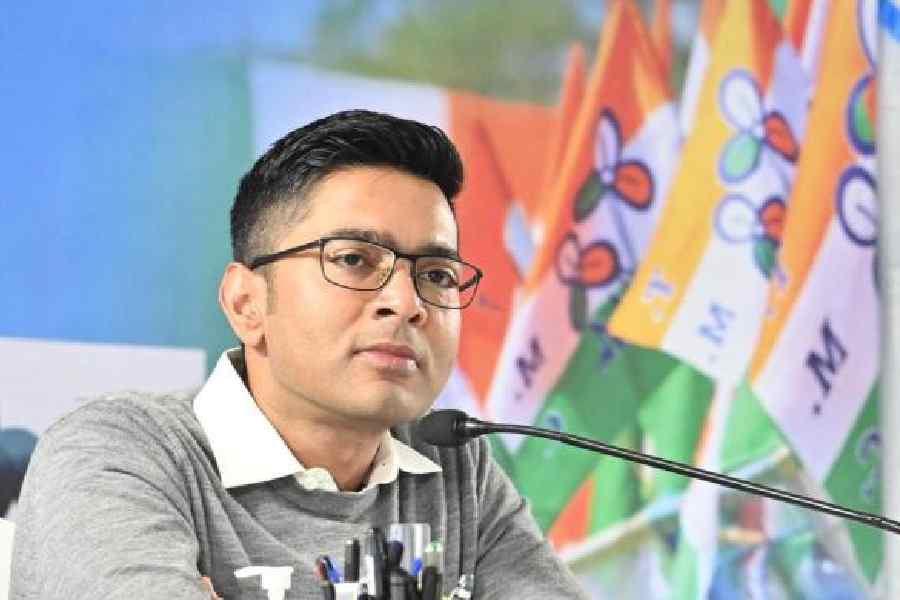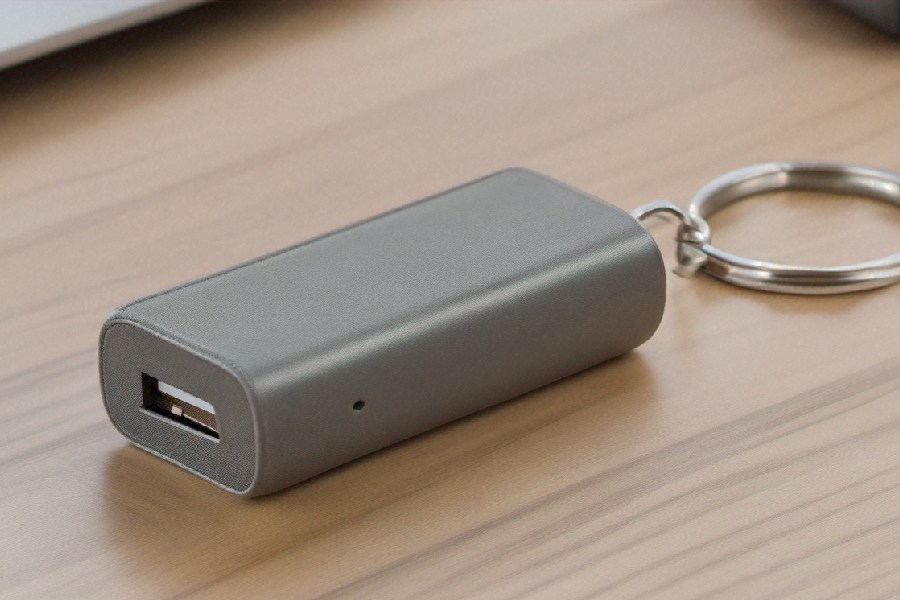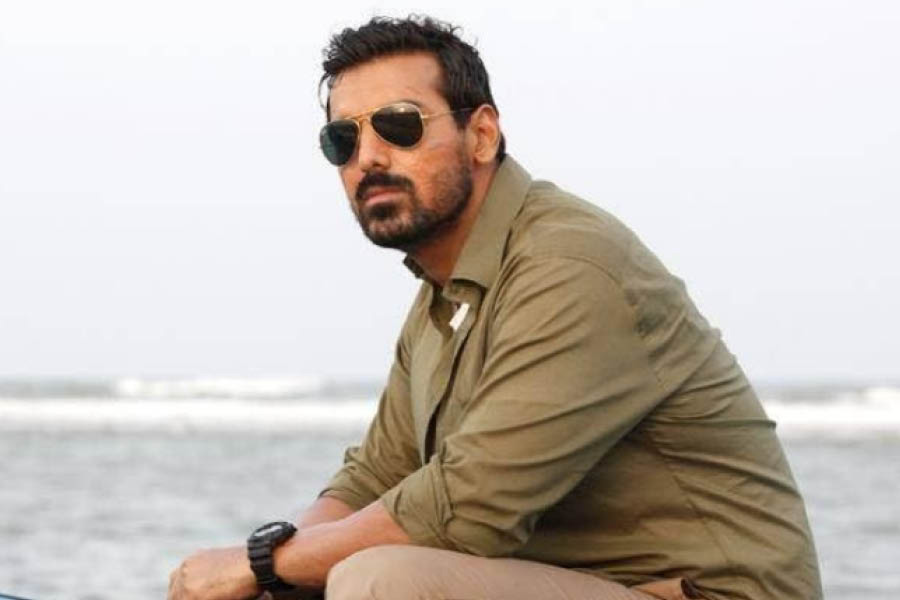 |
| Srivas Chennu |
New Delhi, Oct. 16: An Indian engineer-turned-neuroscientist has helped discover signatures of hidden awareness in the brain networks of some unconscious and unresponsive patients in a vegetative state that may be used someday to identify patients aware of their surroundings.
The study by Srivas Chennu at the University of Cambridge in the UK and his colleagues has found that some patients in a vegetative state have certain brain networks active, similar to those observed in healthy adults.
The brain networks they studied in 32 unconscious and uncommunicative patients are inter-connections linking multiple areas of the cerebral cortex that scientists believe are important in generating and maintaining consciousness about the external world.
Their findings, published today in the journal PLOS Computational Biology, suggest that non-invasive electroencephalograph (EEG) recordings may be used to identify those patients in a vegetative state who are somewhat aware of their external surroundings.
“This is a key step towards developing a bedside tool to assess brain function and awareness in such patients,” Chennu, who had studied computer science and engineering in Bangalore before he moved to the UK for a PhD in neuroscience, told The Telegraph.
The study bolsters earlier evidence that a small minority of patients in a vegetative state have brain networks that might support some awareness of the external world despite the patient being unconscious and unable to behaviourally or verbally respond to requests or queries.
Chennu’s Cambridge colleagues had in a pioneering experiment conducted eight years ago asked a vegetative patient to imagine playing tennis, while the patient was given a magnetic resonance imaging (MRI) scan. They observed activity in specific regions of the brain responsible for planning body movements, just as they would appear in healthy volunteers, although this patient was behaviourally unresponsive.
The experiment has since been replicated with other patients and produced similar observations several times.
 |
“The implication is that the patients understood the auditory instructions we gave them to play tennis, and chose to do so in a sustained manner for 10 minutes or so,” said Chennu, who decided to switch from engineering to brain science research after reading Phantoms in the Brain, written by Indian-origin neuroscientist Vilayanur S. Ramachandran at the University of California, San Diego.
In the new study, the researchers have shown that some patients in a vegetative state who had shown signs of such hidden awareness when tested through the tennis-imagery test also have well-preserved brain networks that look similar to those of healthy adults.
Doctors now assess patients in a vegetative state through a standard set of techniques that rely on externally observable behaviour. The direct measurement of their brain activity, either through MRI or EEG, is not routine clinical practice yet.
Studies suggest that only a minority — up to two in 10 — of patients in a vegetative state have any covert awareness detectable through the tennis-imagery test. But while this test requires MRI scans, assessing brain networks through EEG could, Chennu said, be conveniently addressed at a patient’s bedside.
A combination of tests could improve the accuracy of predicting likely outcomes for patients. “If a patient’s awareness networks are intact, then we know that (the patient is) likely to be aware of what is going on around (the patient),” Tristan Bekinschtein, a researcher at the Medical Research Council Cognition and Brain Sciences Unit at the University of Cambridge, said.
“But unfortunately, (the findings) also suggest that vegetative patients with severely impaired networks at rest are unlikely to show any signs of consciousness.”











